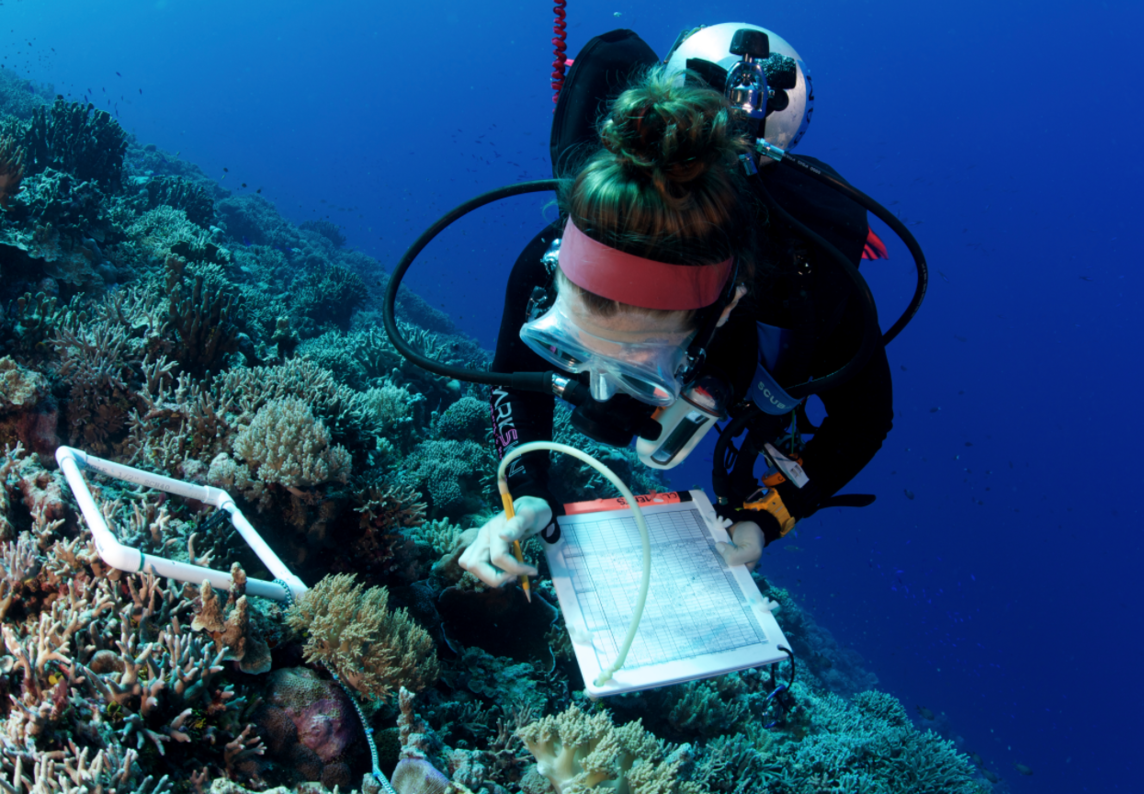Great Barrier Reef operators ‘bloody relieved’ following coral recovery findings
CORAL BLEACHING

THE marine tourism industry is breathing a sigh of relief at the latest scientific assessment of coral recovery from the Great Barrier Reef’s worst ever bleaching event.
“We’re bloody relieved, frankly,” said Col McKenzie, CEO of the Association of Marine Park Tourism Operators (AMPTO).
“The science shows that nearly all the reefs that tourists like to visit have weathered this year’s bleaching storm relatively well.”
The scientific summary, released yesterday from James Cook University’s ARC Centre of Excellence for Coral Reef Studies and made by combining data from a number of scientific and management agencies, showed that the central and southern parts of the Reef – where ~97% of the $6 billion per year tourism industry operates – had limited amounts of bleaching and have recovered relatively well.
“So, the Great Barrier Reef is well and truly open for business,” McKenzie said.
“We’re continuing to provide our customers with the world-class experience they have come to expect.”
The report also showed that the northernmost sections of the Great Barrier Reef, which are rarely visited, have experienced unprecedented levels of coral bleaching and subsequent mortality.
While the ultimate cause of coral bleaching events (increasing global temperatures due to climate change) is beyond the scope of regional leaders to manage, the knowledge that all is not lost is catalysing industry, managers, researchers and the community to work together to actively defend and sustain reef health in the region.
“We’ve survived this time around, but this is no time for complacency for our industry,” McKenzie said.
“This report shows that marine tourism operators are good stewards of the Reef. We are out there every day, we are noticing when things change and we are actively involved in research, management and interventions that are all important in helping the Reef recover and be resilient.
“We take our stewardship responsibilities very, very seriously and we will continue to do so.”
Sheriden Morris, Managing Director of the Cairns-based Reef and Rainforest Research Centre, welcomed the assessment.
“In these situations it can seem easier to shoot the messenger rather than actually get to grips with the problem,” Morris said.
“But that’s not going to help the future of the Reef or the marine tourism industry. Climate change is a global problem and will need a global solution.
“But there are things we can do here in northern Queensland to reduce other threats to the Great Barrier Reef and build its resilience, with tour operators, scientists, farmers, and communities all working together.”
Morris added that a large number of collaborative research and implementation projects were currently underway in the region that are already delivering improvements in the Reef’s future prospects.
These include the crown-of-thorns starfish (COTS) Targeted Control Program, the 43 applied research projects funded through the Australian Government’s National Environmental Science Programme’s Tropical Water Quality Hub, engaging cane growers as citizen scientists to monitor fertilizer runoff from their own properties, and working with mining companies to apply mine site rehabilitation principles to the erosion gullies that deliver 47% of sediments to the Great Barrier Reef lagoon.
